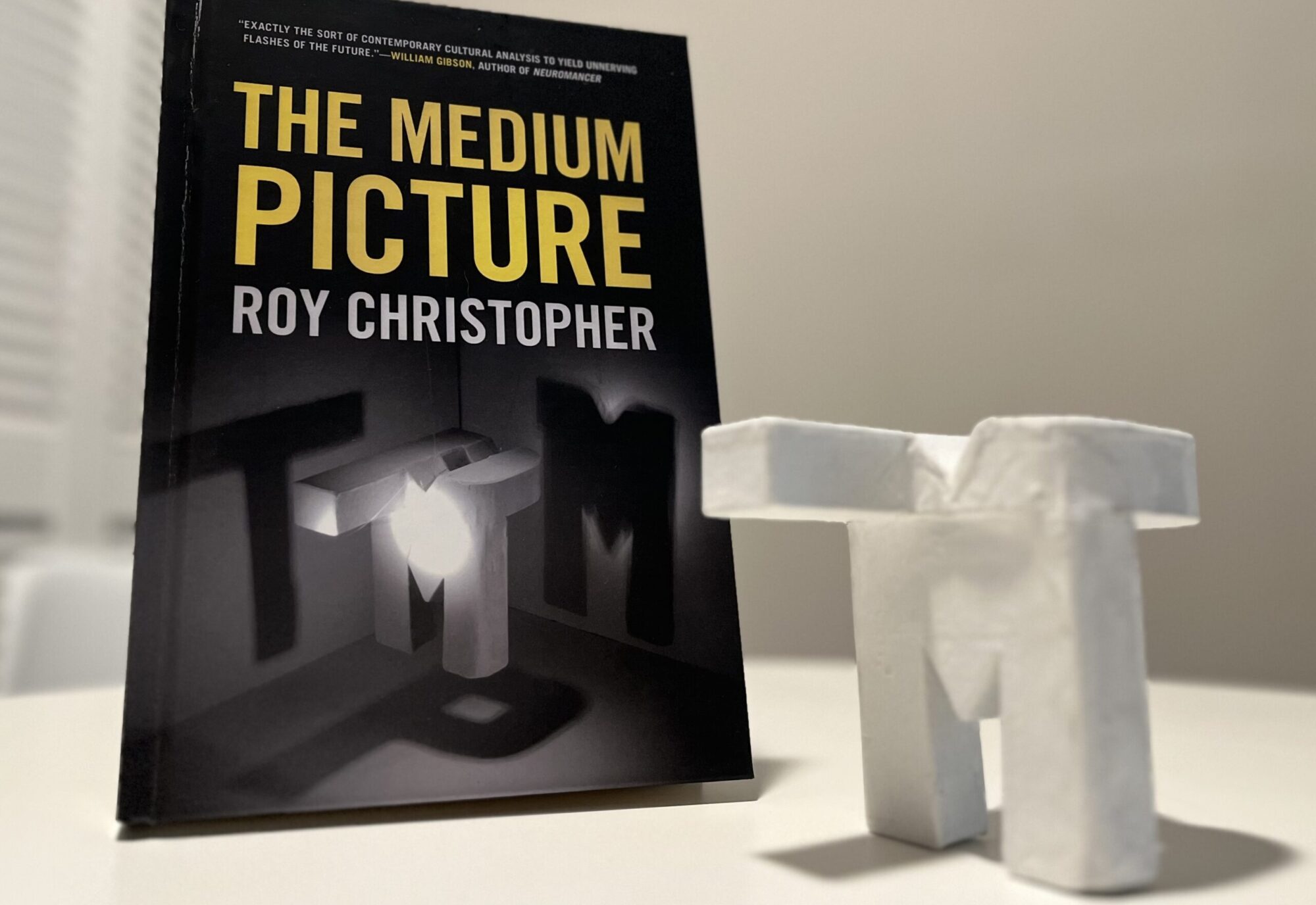A couple of years ago I wrote a piece about the death of the mainstream in which I quote my friend Mark Wieman describing the long tail as longer and fatter than ever. In that same piece I state, “…what happens when we don’t share any of it anymore? Narrowcasting and narrowcatching, as each of us burrows further down into our own interests, we have less of them in common as a whole. The mainstream has become less of a stream and more of a mist.” As this creeping fragmentation continues, companies struggle to unify a market large enough to capitalize on.


If marketing can’t bring us together, mass tragedy will. In his 2009 novel, Neuropath, R. Scott Bakker describes the unifying effect of news of a mass or serial murder, in this case, “The Chiropractor” (so named because he removes his victims’ spines):
In these days of broadband it was rare for anything nonpolitical to rise above the disjointed din of millions pursuing millions of different interests. The niche had become all-powerful. The Chiropractor story was a throwback in a sense, a flashback to the day when sitcoms or murders could provide people a common frame of reference, or at least something to talk about when polite questions gave out (p. 71).
Regarding recent actual events of a mass and violent nature, Mark Follman at Mother Jones writes,
When I asked threat assessment experts what might explain the recent rise in gun rampages, I heard the same two words over and over: social media. Although there is no definitive research yet, widespread anecdotal evidence suggests that the speed at which social media bombards us with memes and images exacerbates the copycat effect. As Meloy and his colleagues noted earlier this year in the journal Behavioral Sciences and the Law, “Cultural scripts are now spread globally… within seconds.”
Goddard and Wierzbicka (2004) describe cultural scripts as “common sayings and proverbs, frequent collocations, conversational routines and varieties of formulaic or semi-formulaic speech, discourse particles and interjections, and terms of address and reference—all highly ‘interactional’ aspects of language” (p. 154). Cultural scripts are the way our fragmented networks coalesce into unified interests and concerns.
The mainstream might not be much of a stream anymore. It seems now like culture is sliced and split among various niches, but in trial or tragedy that mist can condense into a wave as quickly as it needs to. Let’s just be more careful what we spray.
References:
Bakker, R. Scott. (2009). Neuropath. New York: Tor Books.
Follman, Mark. (2015, November/December). Inside the Race to Stop the Next Mass Shooter. Mother Jones.
Goddard, Cliff & Wierzbicka, Anna. (2004). Cultural scripts: What are they and what are they good for? Intercultural Pragmatics, 1(2), 153-166.
Lewman, Mark. (2001). The Coolhunter. Bend Press.

